Samsung’s latest flagship, the Galaxy S25 Ultra is here, but does it offer enough improvements over the already excellent Galaxy S23 Ultra to justify an upgrade?
At first glance, you’d be forgiven for thinking little has changed, but some key differences could sway your decision.
Let’s explore the most significant upgrades and what they mean for everyday use.
Design & Build
The Galaxy S25 Ultra maintains Samsung’s signature boxy aesthetic but introduces some subtle refinements.
The corners are now slightly more rounded, making the device feel more comfortable in the hand compared to the S23 Ultra’s sharp edges.
While this change won’t revolutionise usability, it does make long-term handling a little more pleasant.
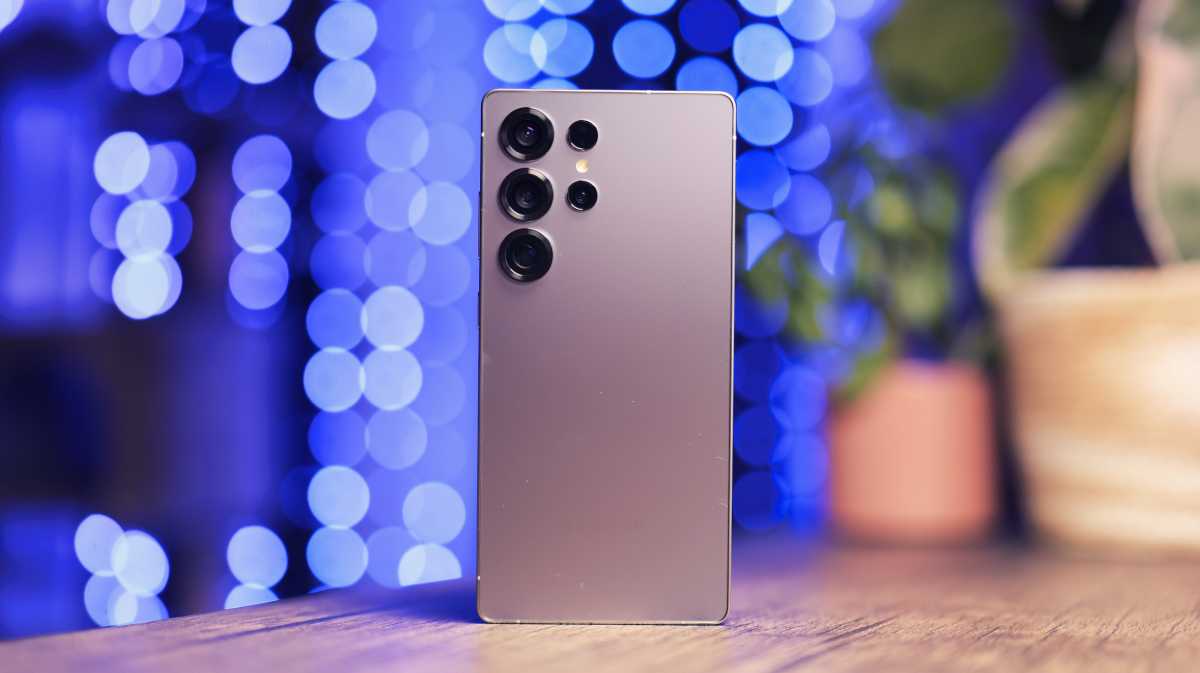
Luke Baker
Samsung has also reduced the weight of the S25 Ultra by around 15g, making it slightly less of a brick to carry.
Given that the flagship phones have been getting heavier with each iteration, this is a welcome change.
The titanium alloy frame remains exclusive to the Ultra model, reinforcing the premium feel.
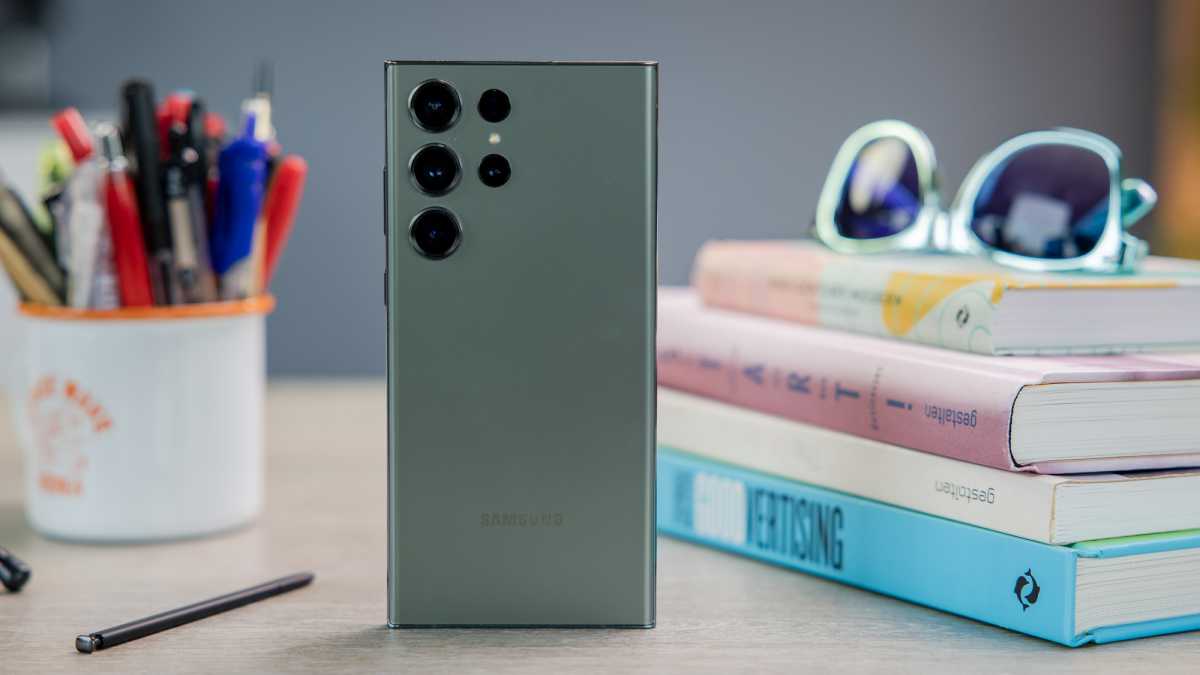
Dominik Tomaszewski / Foundry
One of the more puzzling downgrades, however, is the removal of Bluetooth functionality from the S Pen.
While writing and sketching remain unaffected, features such as using the stylus as a remote shutter button are gone.
It’s a small but frustrating step backwards, likely a cost-saving measure.
Display
On paper, the Galaxy S25 Ultra’s 6.9-inch AMOLED display seems nearly identical to its predecessor’s, but Samsung has made some important refinements.
Compared to the 6.8-inch display of the Galaxy S23 Ultra, the new screen is larger and its bezel is now 15% slimmer, creating a more immersive viewing experience.
Although it might seem like a minor improvement, it’s noticeable when watching videos or gaming.
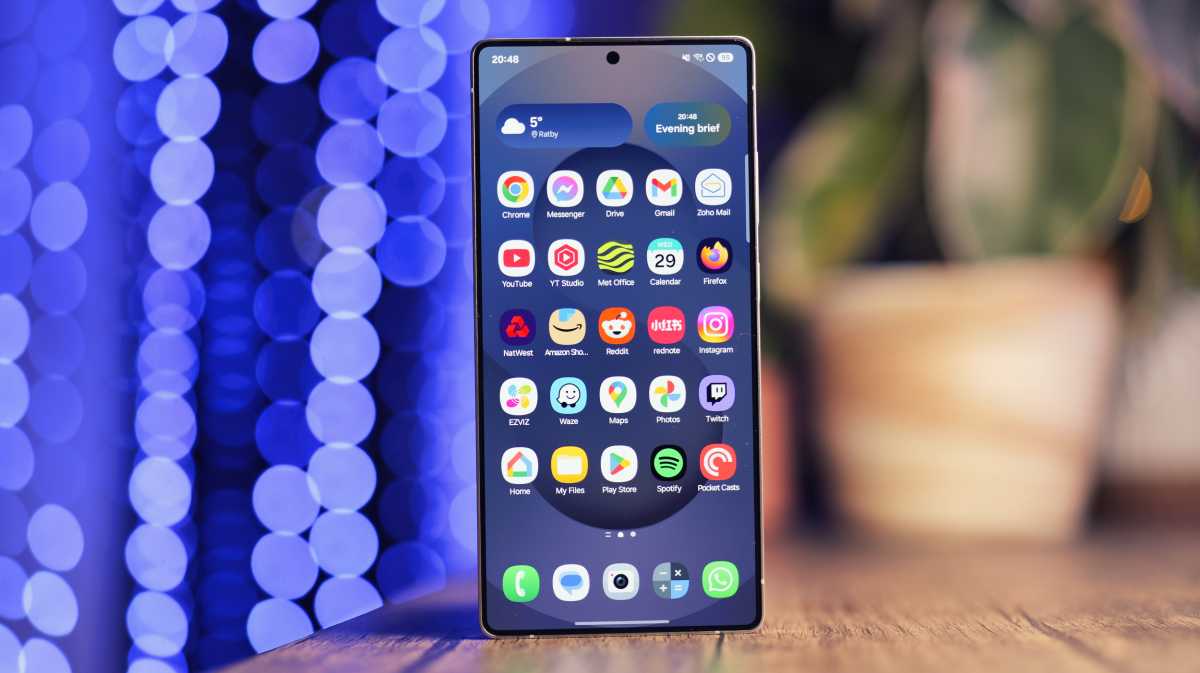
Luke Baker
Perhaps the biggest upgrade is the use of Gorilla Armor 2, which not only enhances scratch and impact resistance but also improves the anti-reflective properties of the screen.
This refined glass makes the S25 Ultra even better, reducing reflections for improved visibility in bright environments.
The S23 Ultra features only Gorilla Glass Victus 2.
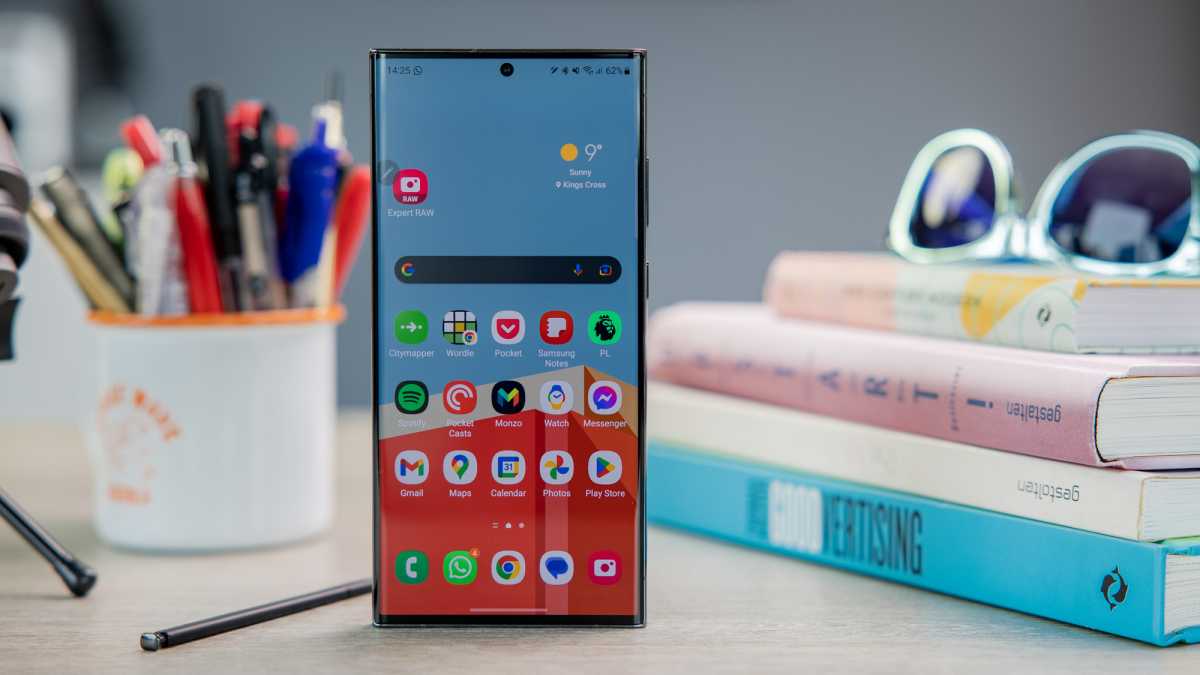
Dominik Tomaszewski / Foundry
Samsung has also introduced ProScaler, an AI-powered feature designed to enhance image clarity, although its real-world impact is questionable.
While the S25 Ultra’s screen is now one of the best in the industry, the S23 Ultra’s display is still holding up.
Cameras
The Galaxy S25 Ultra comes with a standard 200Mp camera, a 10Mp telephoto with 3X optical zoom, and a 50Mp periscope with 5X optical zoom, and a 50Mp.
Meanwhile, the Galaxy S23 Ultra came with a 200Mp camera, a 10Mp 3X telephoto, a 10Mp periscope with a 10X optical zoom, and a 12Mp ultrawide camera.
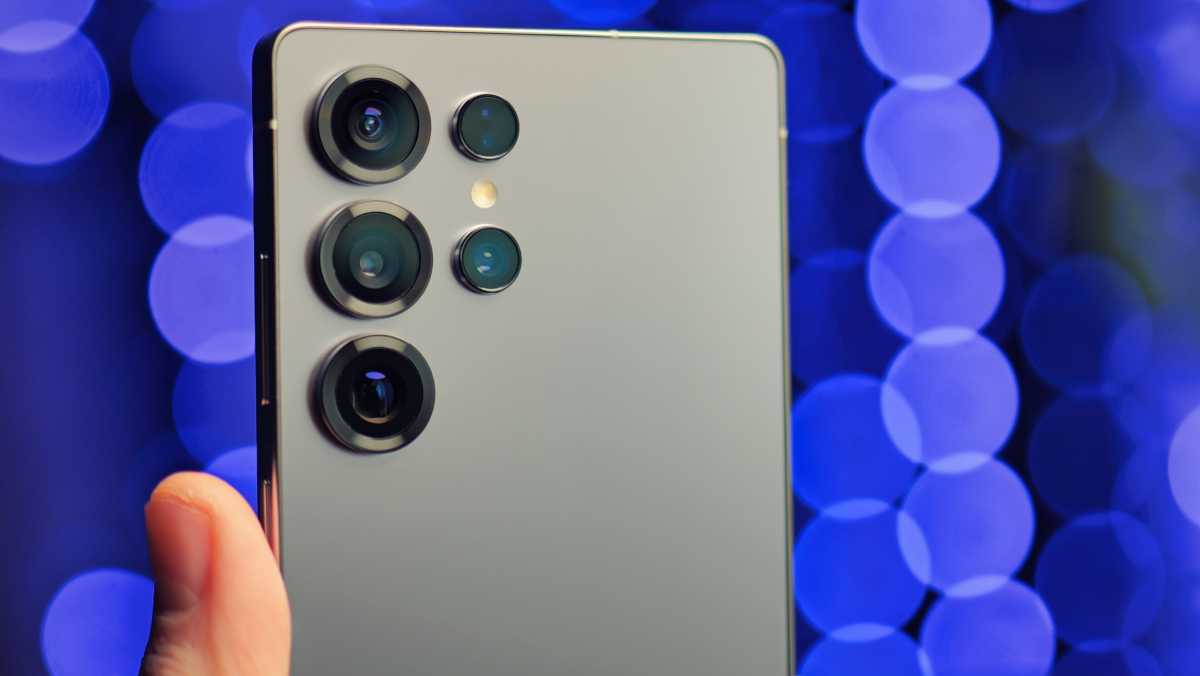
Luke Baker
The most notable camera changes in the S25 Ultra are the new 50Mp ultrawide sensor, replacing the 12Mp one in the S23 Ultra, and the 50Mp periscope with 5X optical zoom, which replaced the 10Mp one alongside the release of the S24 Ultra.
This does provide more detail, particularly when zooming into ultrawide shots, but it’s not a game-changer in everyday photography.
Otherwise, the core camera system remains largely unchanged.
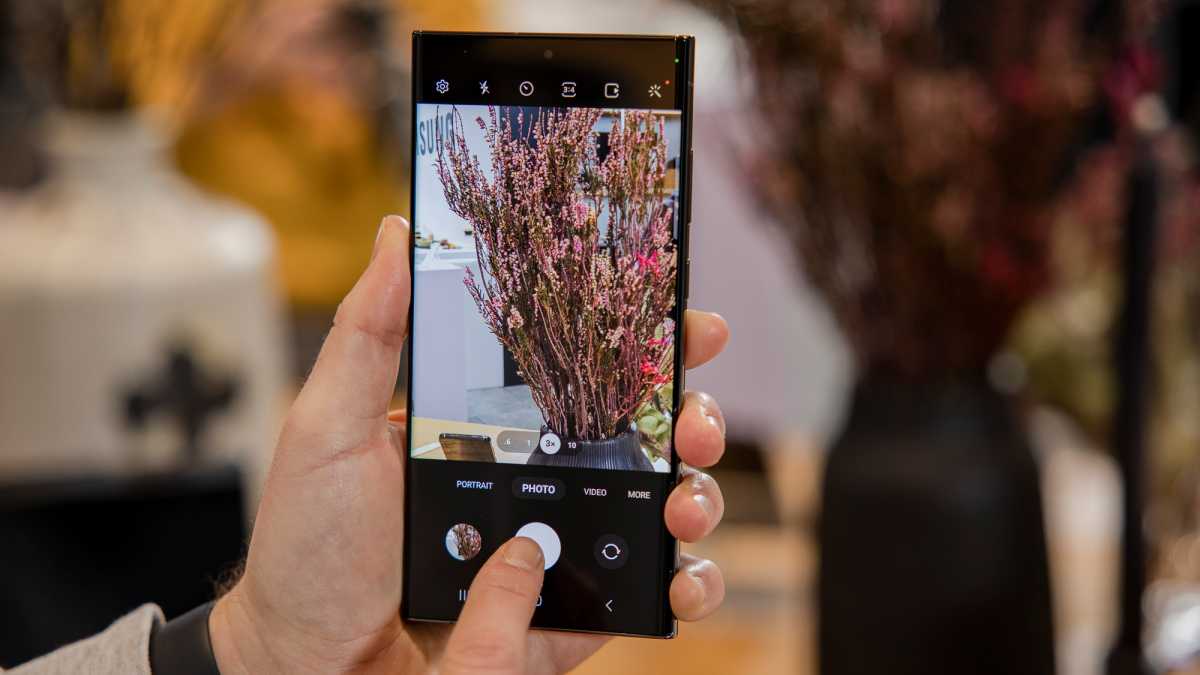
Dominik Tomaszewski / Foundry
However, Samsung has improved its image processing with the introduction of the ProVisual Engine and Spatio Temporal Filter, which enhance colour accuracy and detail. Skin tones in particular now appear more natural, making for a more realistic photography experience.
One major new addition is the ability to shoot in Log format, giving professional videographers greater flexibility in post-production. While this feature won’t matter to most users, it’s a big step for content creators, especially given that Samsung is one of the only brands offering Log recording at 8K resolution.
If you’re looking for the better camera phone out of these two, although the S23 Ultra is still great, the Galaxy S25 Ultra is the winner.
Other Differences
In addition to these key changes, the S25 Ultra also introduces the Snapdragon 8 Elite for Galaxy chipset and a base 12GB of RAM, offering a performance boost over the S23 Ultra’s Snapdragon 8 Gen 2 for Galaxy, which was paired with 8GB of RAM in the base variant of the phone.
Although this won’t make the phone significantly faster in day-to-day tasks, you’re likely to notice a difference when it comes to gaming or more demanding apps.
The S25 Ultra also features a larger vapour chamber for cooling, helping the phone sustain high performance for longer gaming or intensive tasks. However, it still gets warm during extended use.
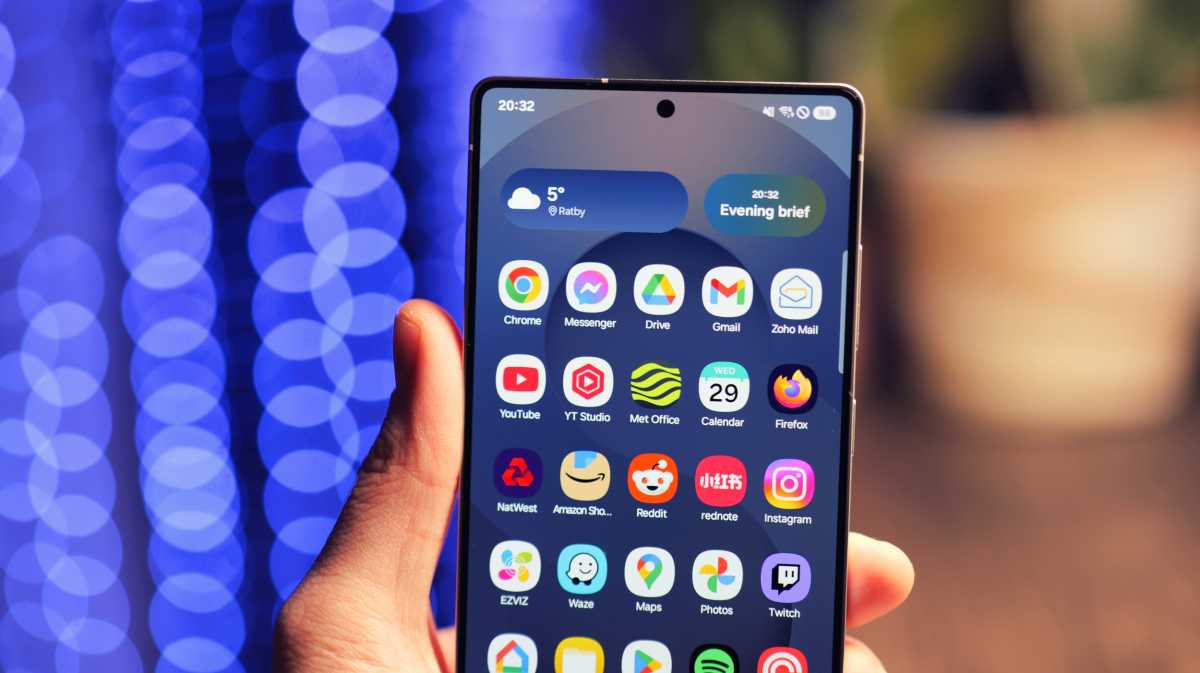
Luke Baker
Elsewhere, the S25 Ultra boasts AI-powered software enhancements, including a revamped Gemini assistant, AI-powered search, and Now Brief summaries.
While useful, these features are largely software-based and may appear on the S23 Ultra after updating to Android 15 and One UI 7, which debuted with the S25 Ultra out of the box.
Price & Availability
The Galaxy S25 Ultra is priced at £1,249/$1,299 for the 256GB model, £1,349/$1,419 for the 512GB version, and £1,549/$1,659 for the 1TB variant.
It’s available on the Samsung UK and Samsung US sites, but there are also some appealing offers available elsewhere.
Check out our guide to the best Galaxy S25 series deals to make sure you’re getting the best price.
The Galaxy S23 Ultra was launched at £1,249/$1,199 for the 256GB model, £1,399/$1,379 for the 512GB, and £1,599/$1,619 for the 1TB variant. With the launch of the S25 Ultra, Samsung withdrew the S23 Ultra from sale.
However, it can still be purchased for around £679 from Amazon or other UK retailers while stocks last. If you live in the US, you can also buy it from Amazon at around $799.
Verdict
If you’re coming from the Galaxy S23 Ultra, the S25 Ultra might not offer enough to justify the upgrade.
There’s no denying that it’s better than its predecessor, but most of its improvements are subtle, and many software features are expected to roll out to the S23 Ultra in the future.
However, if you’re using the S22 Ultra or an older device, the S25 Ultra is a fantastic upgrade, bringing meaningful improvements in design, display, and AI-powered features.




